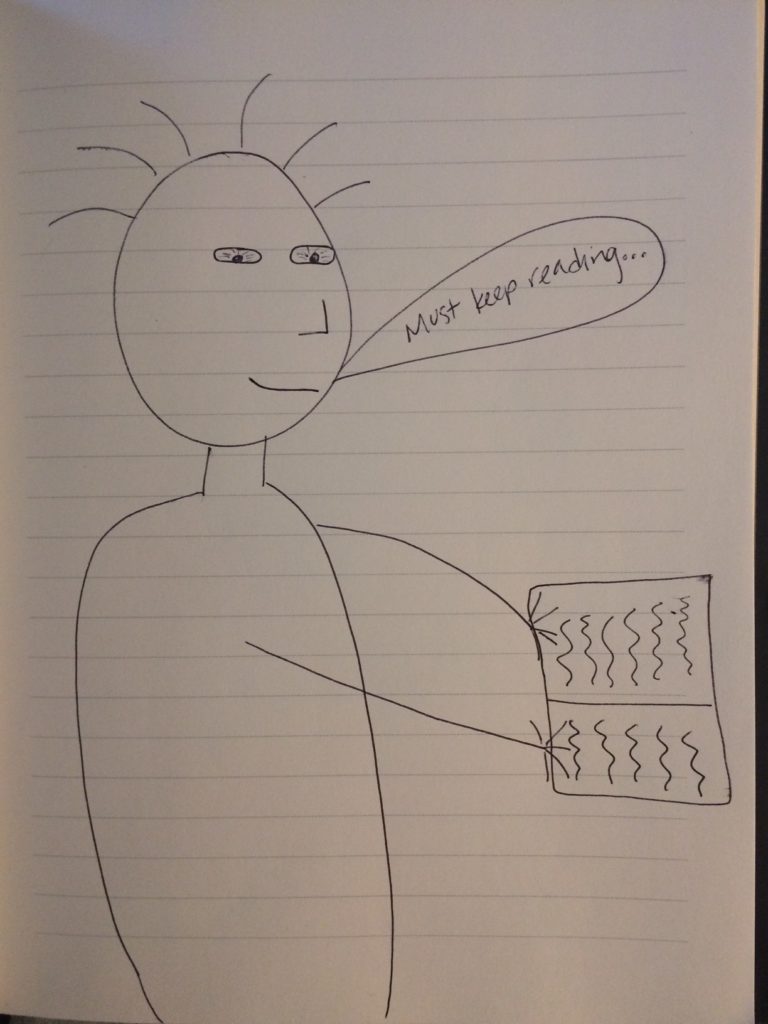Entry: Learning
Until they have experienced five planetary rotations around the sun, this species learns primarily through mimicked behavior—both auditory and visual—as well as through tactile processing input. The young will mimic both their parental figures, through sound and action, and any other offspring within the familial unit. Tactile processing input includes grabbing objects with their hands, and putting objects in their mouth. Once the have passed five planetary rotations, youth are sent to independent institutions during the day to learn.

At these institutions, youth are gathered in enclosed rooms in groups of roughly 10-25 and sit at individual seats with a tabletop. They all face one figure who stands at the front of the enclosed room and demonstrates concepts, facts, or ideas by drawing pictures and symbols on a black wall at the front of the room, projecting concepts, facts, or ideas via light at the front of the room, or simply emitting sounds from their mouth. These youth watch what has been demonstrated, or spoken, and repeat the information either in verbal form, or by drawing pictures and symbols on separate pieces of paper at their own seating station.

After eighteen planetary rotations around the sun, youth then transfer to larger learning institutions where the enclosed room learning continues, but the learning outside of the enclosed room increases. Most learning outside of the enclosed rooms involves scanning eyeballs over small symbols (linguistic term is “reading”). This activity requires an individual to open a small square bundle of thin paper pieces that are covered front and back in symbols. The “reader” then scans their eyes over the symbols on one page before flipping the piece of paper over and continuing to scan the next page. It is estimated that learners in any learning institution spend hundreds of hours bent over these small square bundles of paper. As readers scan their eyes over these symbols, they sometimes produce their own accompanying symbols with their hands on the bundles of paper, or sometimes scan bright colors over the symbols themselves.

Note: In accordance with code OBEWH2016 the final report will be submitted on January 1, 2018 to the higher council of extra-planetary research. Objective observations are sent every 7 full rotations of the planet in respect to its star and followed by a short summary of findings as directed in the standardized outline for observational reports presented in Handbook 32.7767.96.7970.
